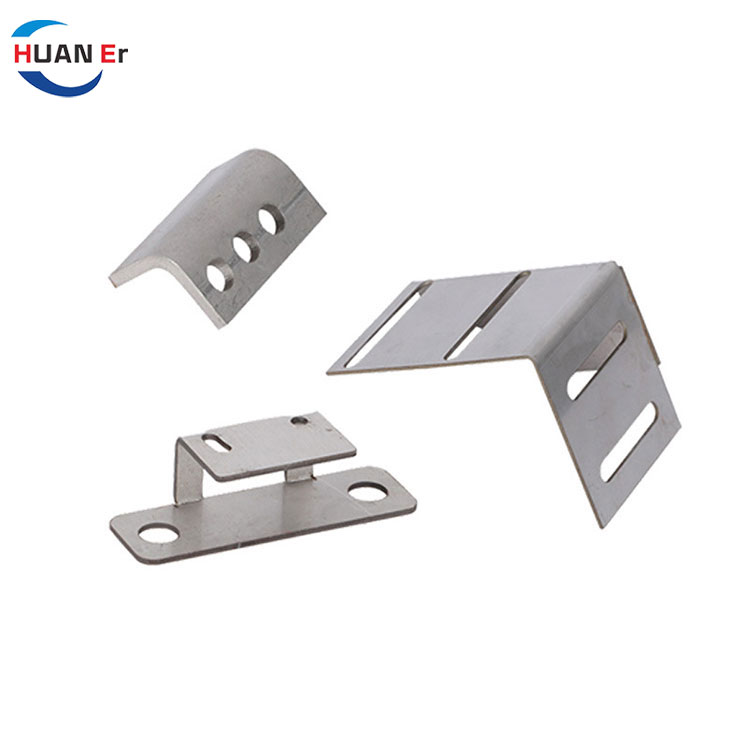What are some common processes used to form sheet metal parts?
2025-02-13
Common processes for forming sheet metal parts include stamping, cutting, laser cutting, water jet cutting, plasma cutting, EDM and wire cutting. Each of these processes has its own characteristics and applicable scenarios.
Stamping
Stamping is a process that uses a die to apply pressure to a metal plate to cause it to undergo plastic deformation to obtain parts of the desired shape and size. The stamping process has the advantages of high production efficiency, high material utilization, and easy operation, and is suitable for mass production. Common stamping processes include punch stamping, die stamping, bending, and drawing.
Cutting
Cutting is a process for cutting a metal plate into a desired shape. Common cutting methods include shearing and sawing. Shearing is to apply shearing force to a metal plate through a shearing machine to cut it off; sawing is to cut a metal plate with a saw blade. These two methods are suitable for the processing of small and medium-sized parts, and have the characteristics of simple equipment and easy operation.

Laser cutting
Laser cutting is a process that uses a high-energy-density laser beam to irradiate a metal plate to partially melt or evaporate the material, thereby achieving cutting. Laser cutting has the advantages of high cutting accuracy, fast speed, and small heat-affected zone. It is suitable for precision processing of various metal materials, especially for cutting parts with complex shapes.
Waterjet cutting and plasma cutting Waterjet cutting and plasma cutting are methods of cutting metal plates using high-pressure water flow or high-temperature plasma gas. Waterjet cutting uses high-pressure water flow to impact metal plates to achieve cutting. It is suitable for cutting various materials, especially for processing brittle materials; plasma cutting uses high-temperature plasma gas to melt metal and then blow it off. It is suitable for cutting thicker metal plates.
Electrospark machining and wire cutting Electrospark machining is a method of processing by discharging and corroding materials between electrodes and workpieces. It is suitable for processing hard materials and complex shapes; wire cutting uses thin metal wire as an electrode to process materials through electric spark corrosion. It is suitable for the manufacture of precision parts.



